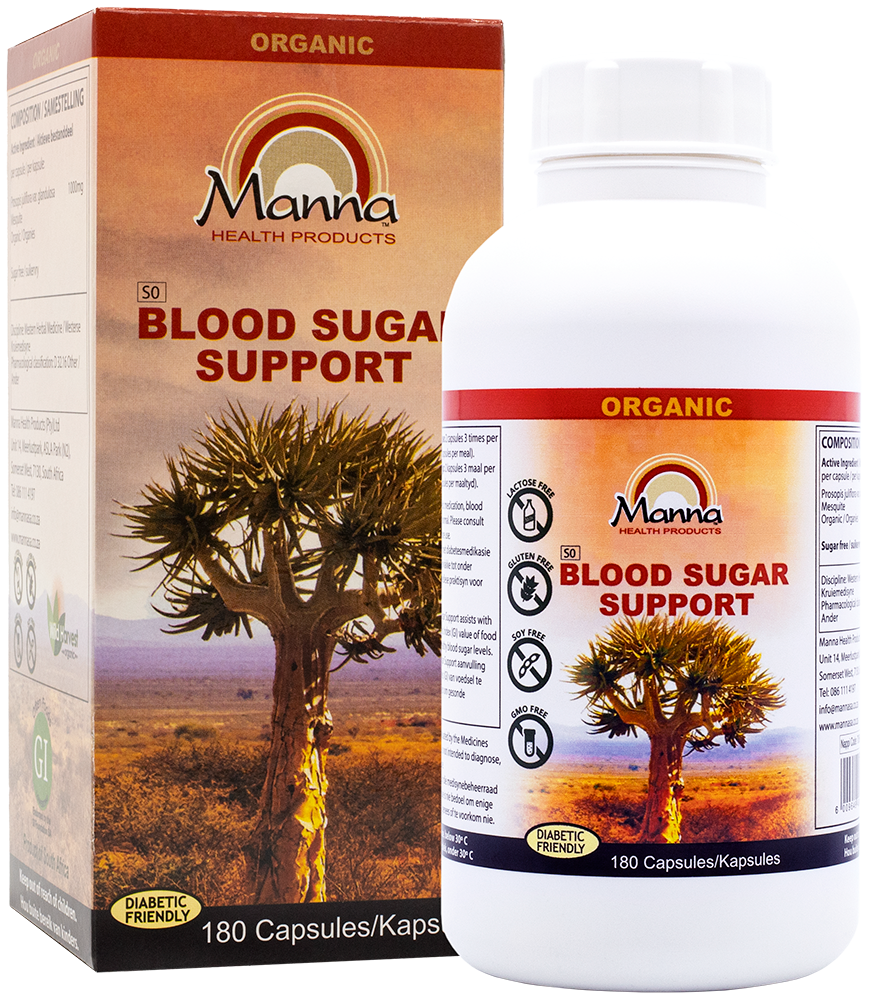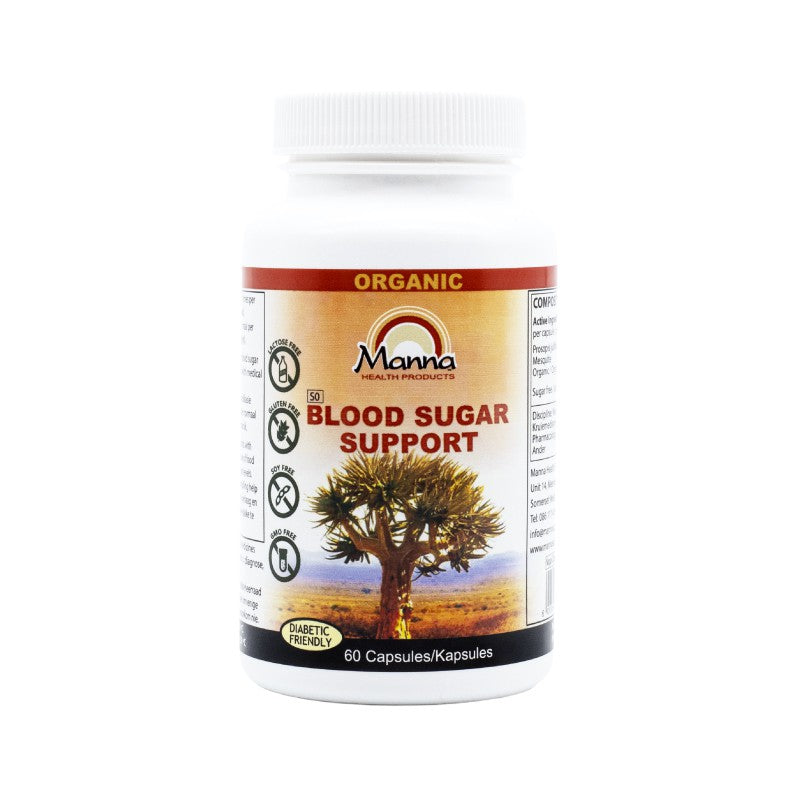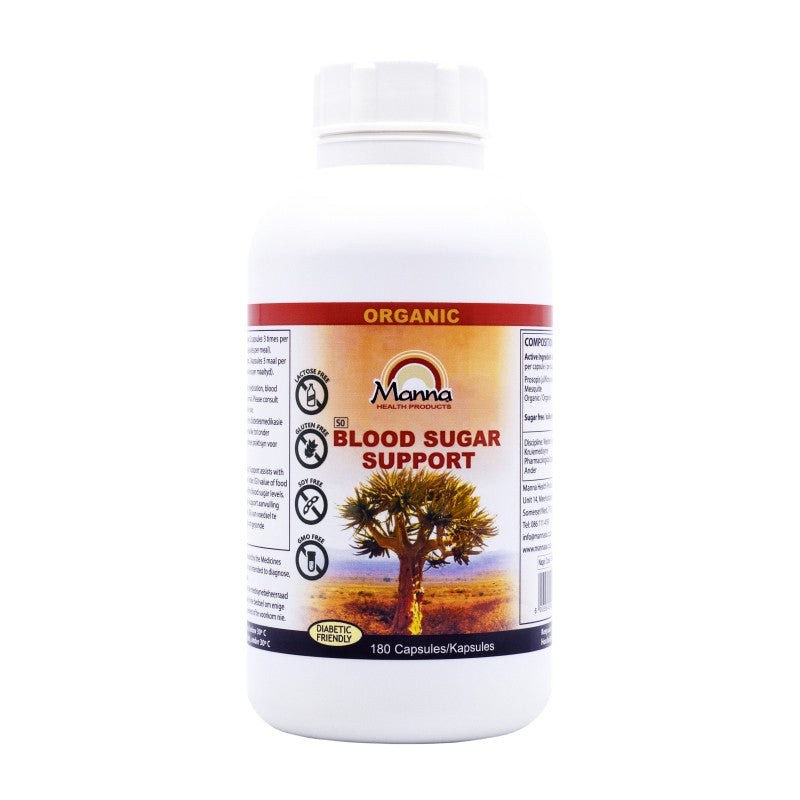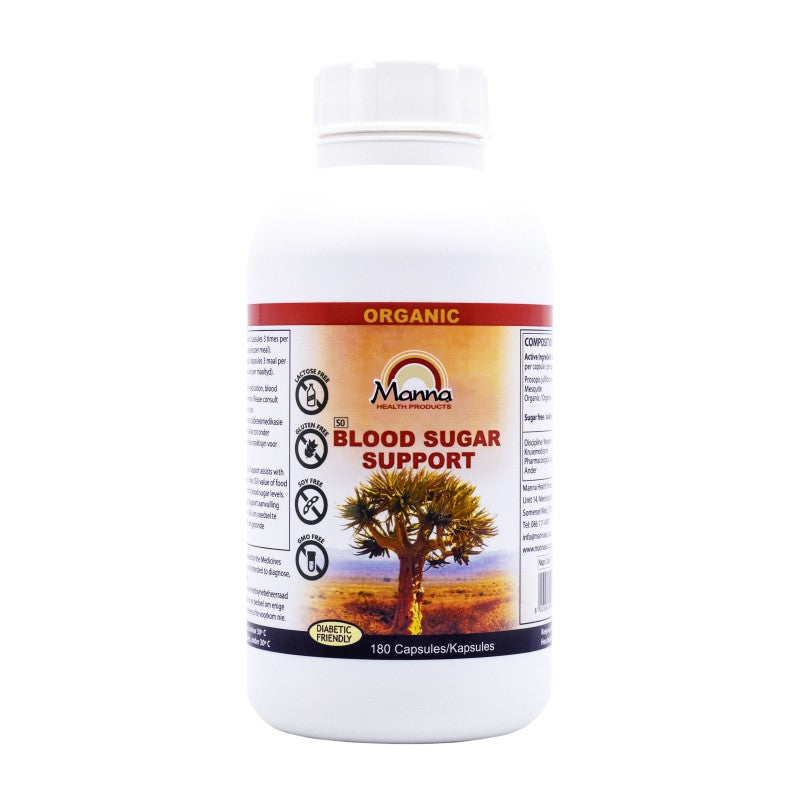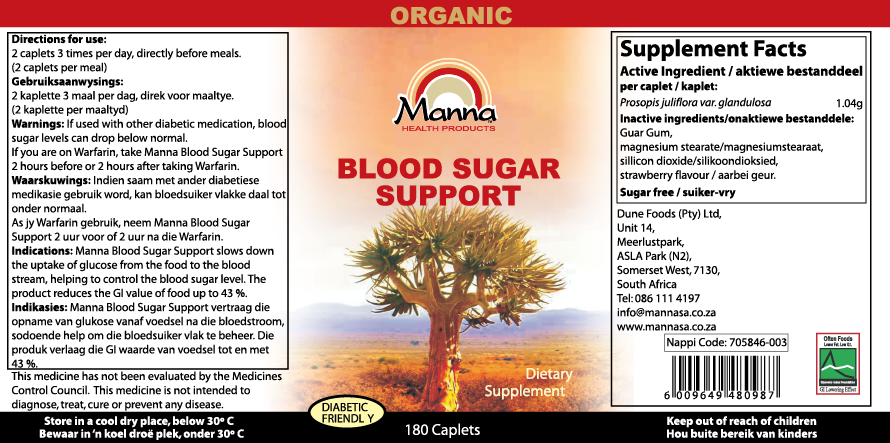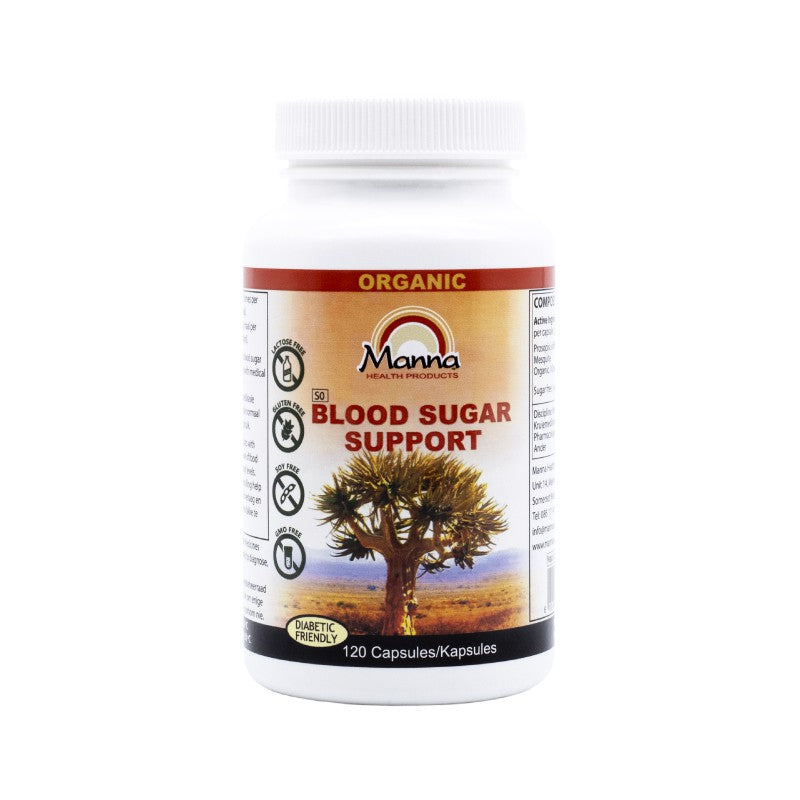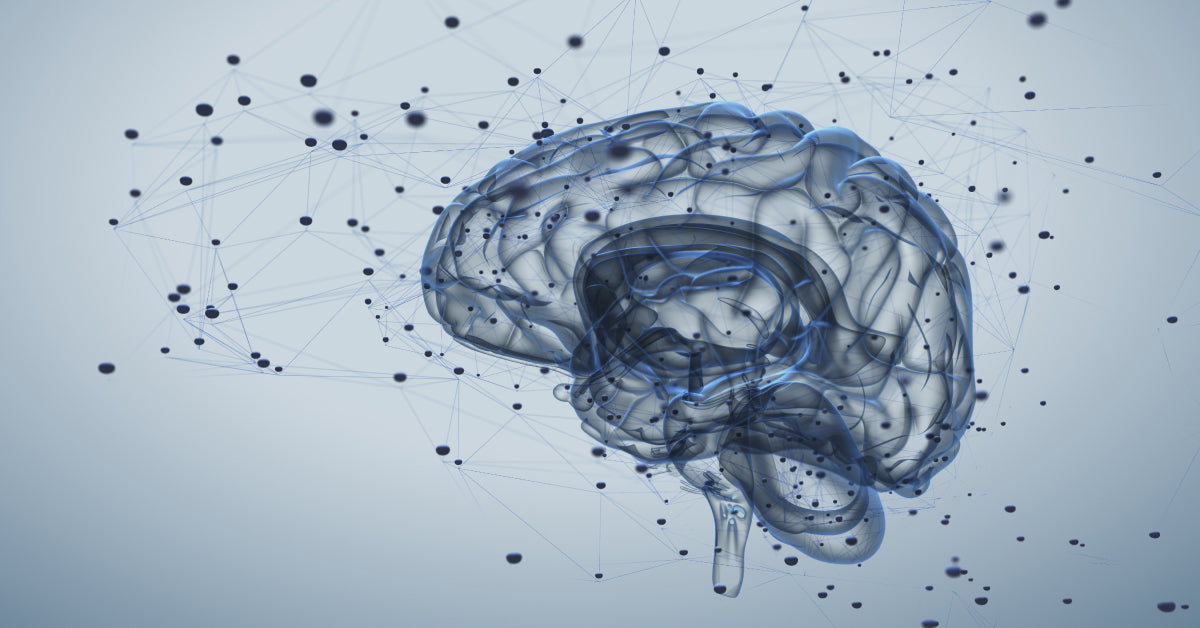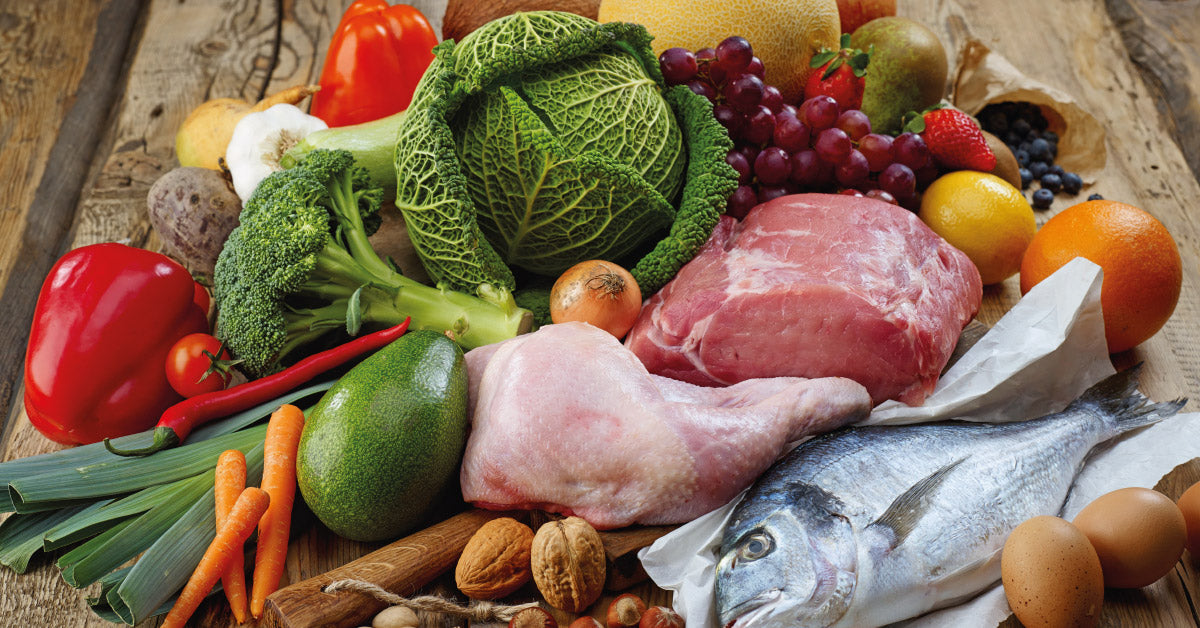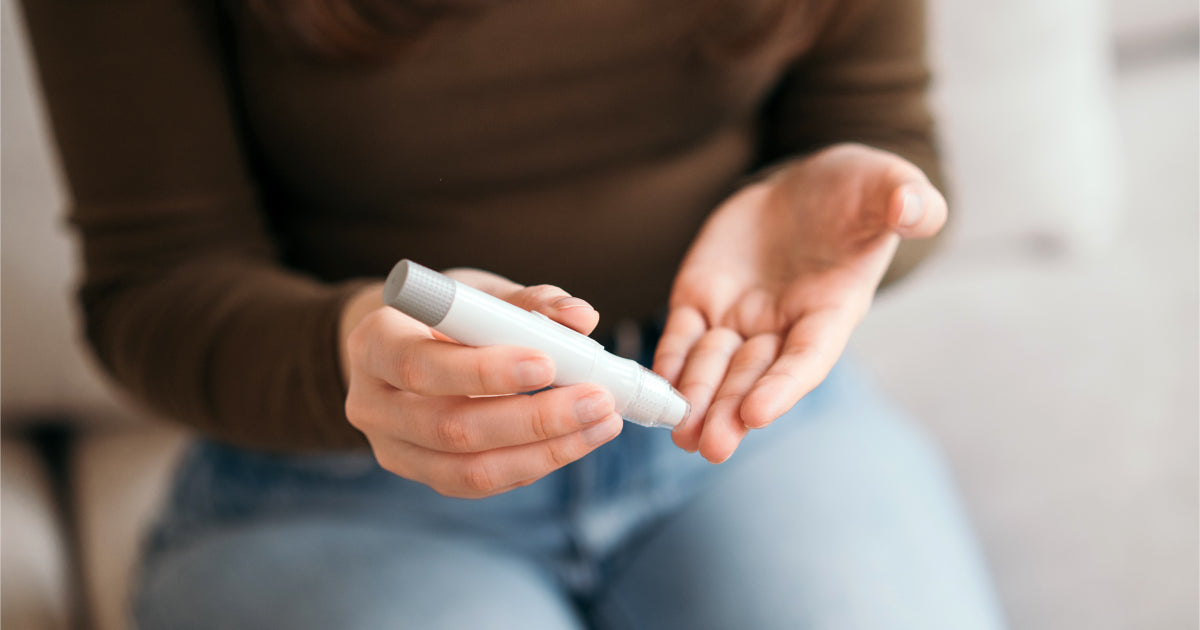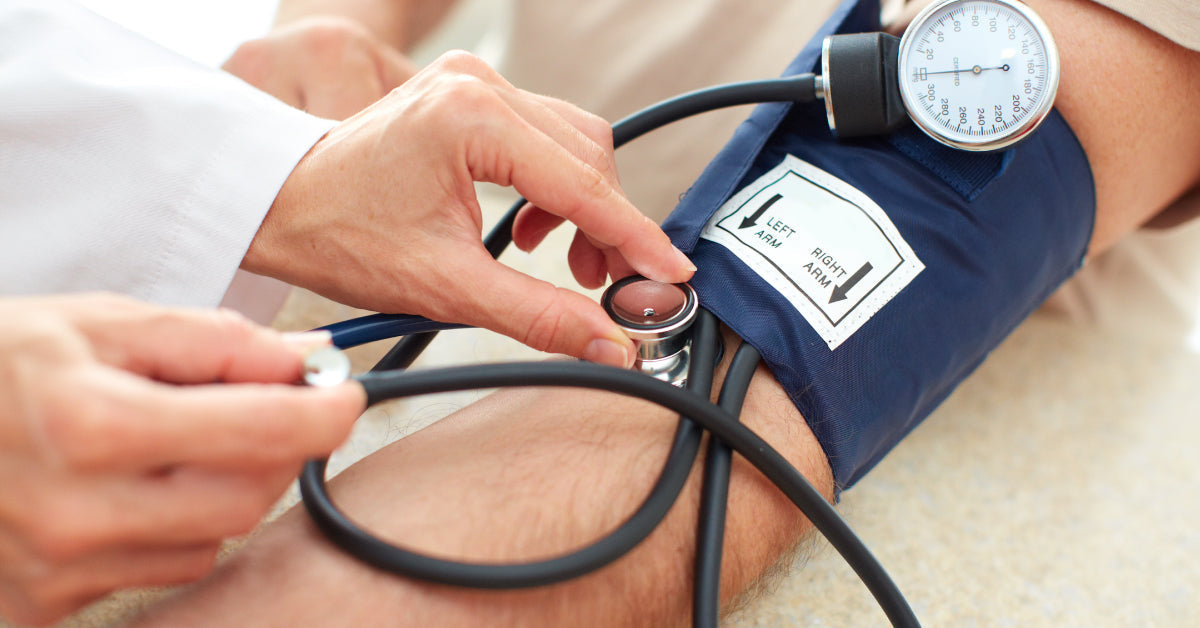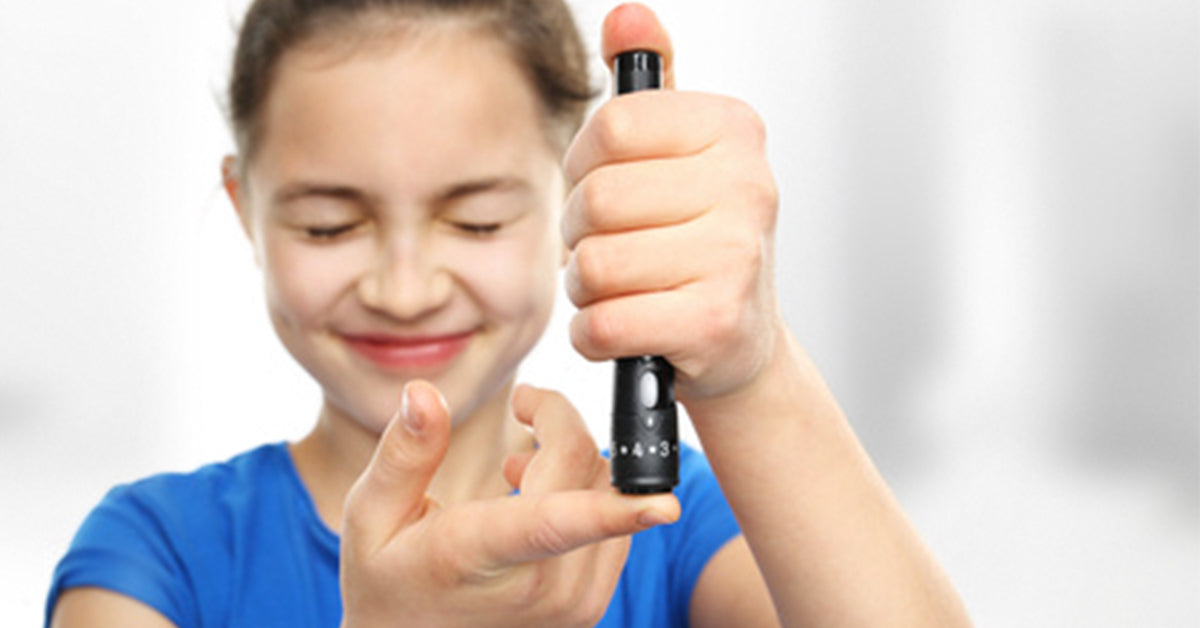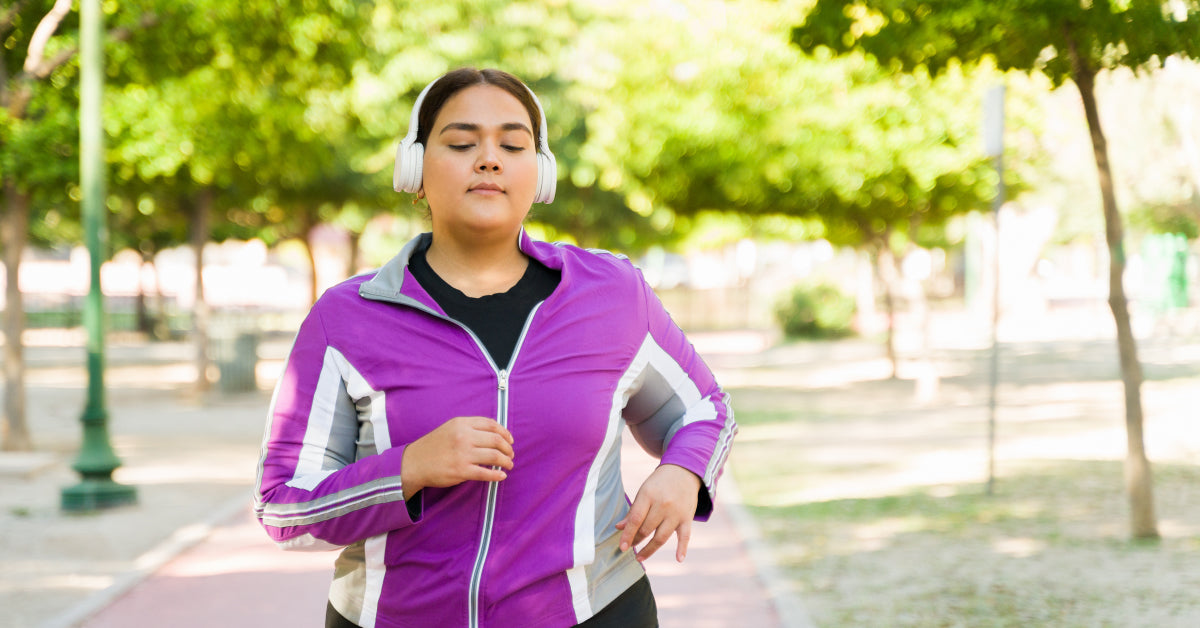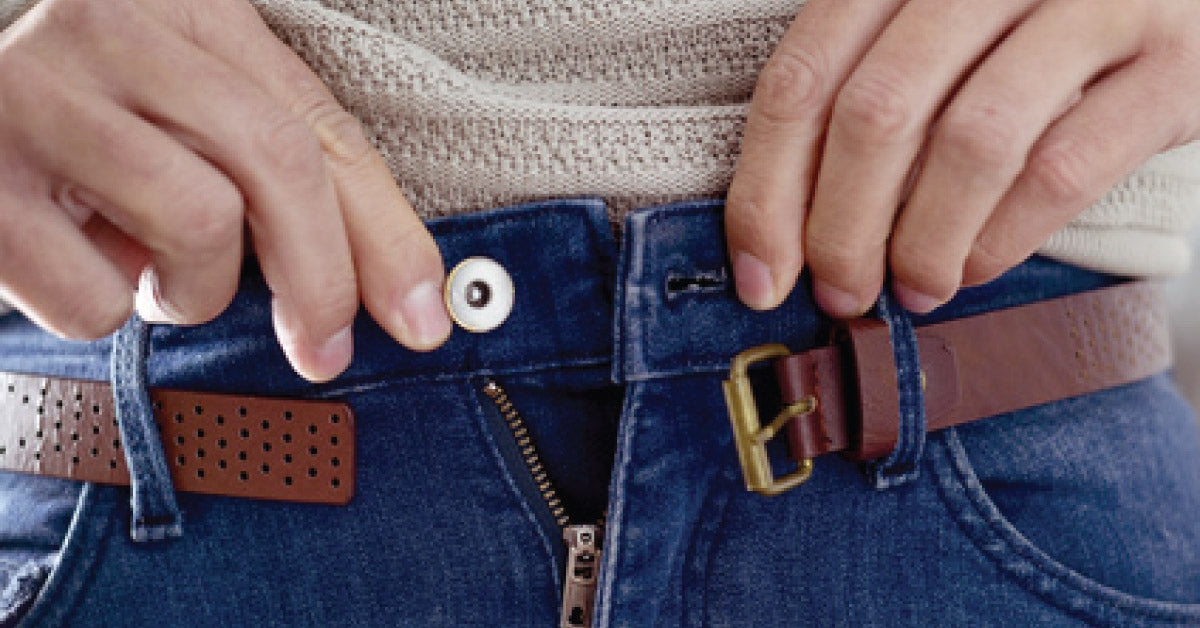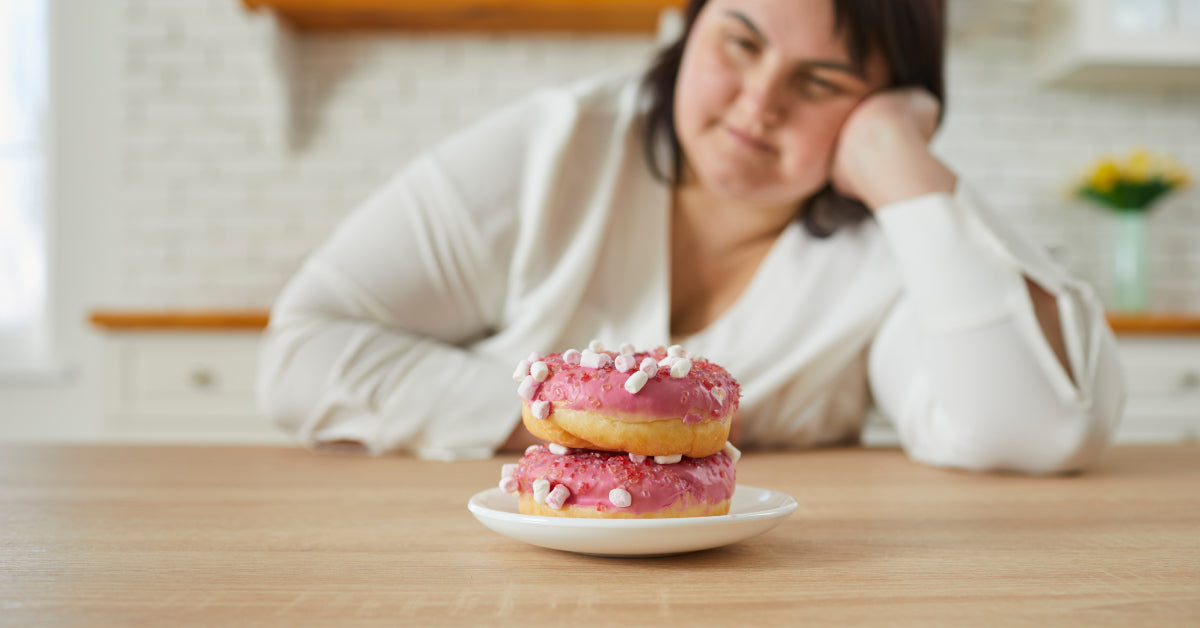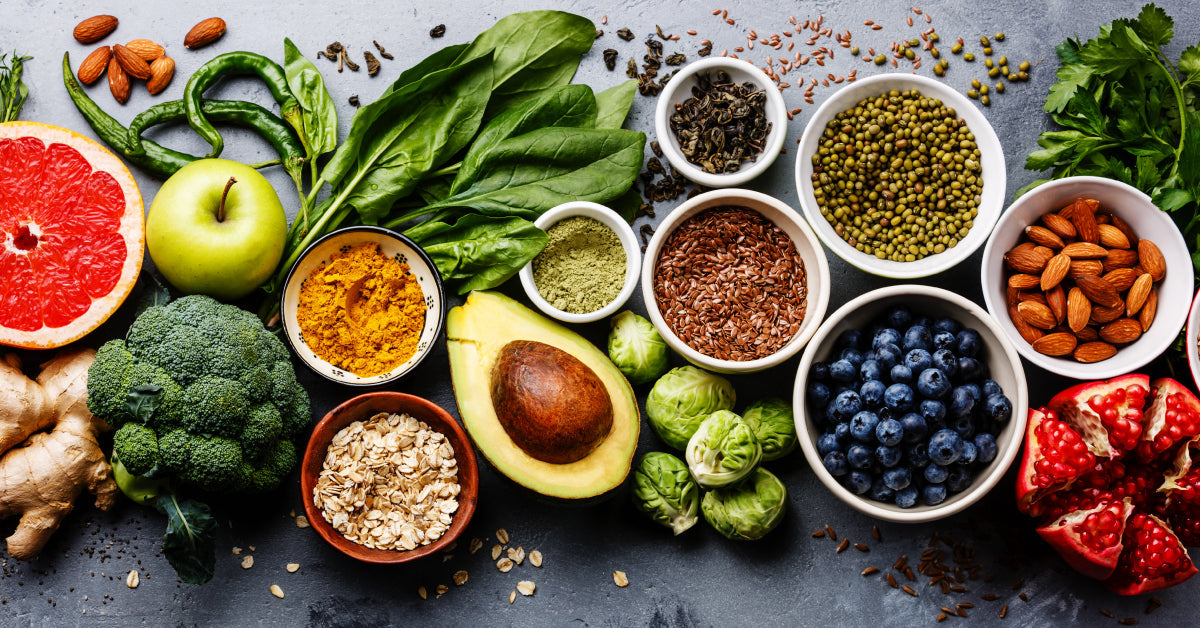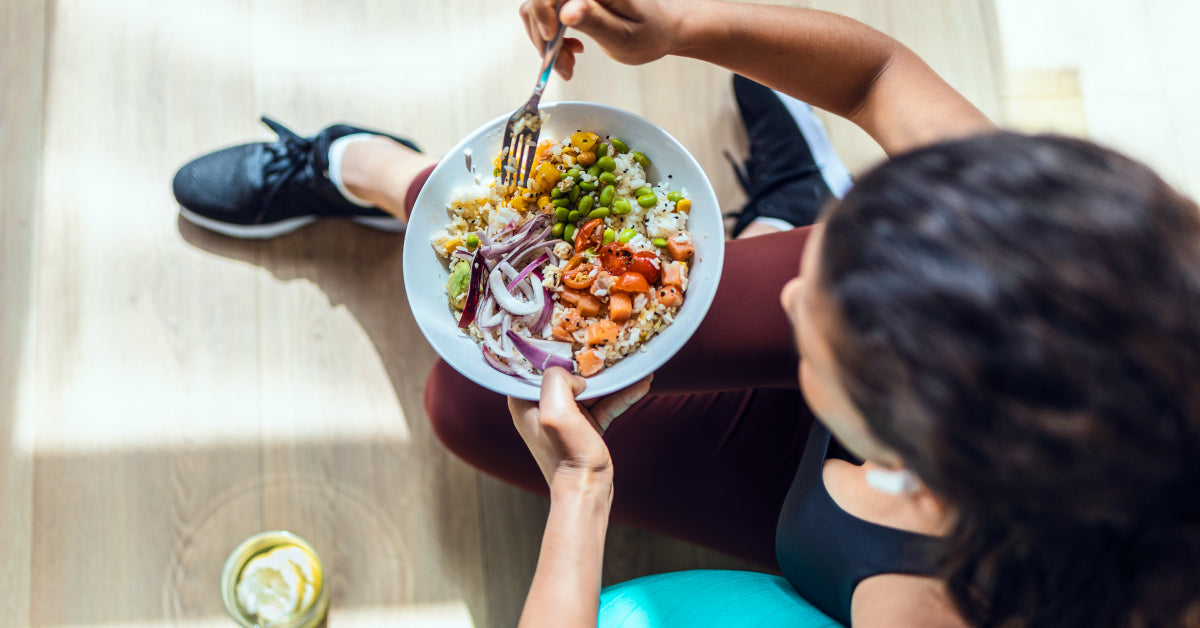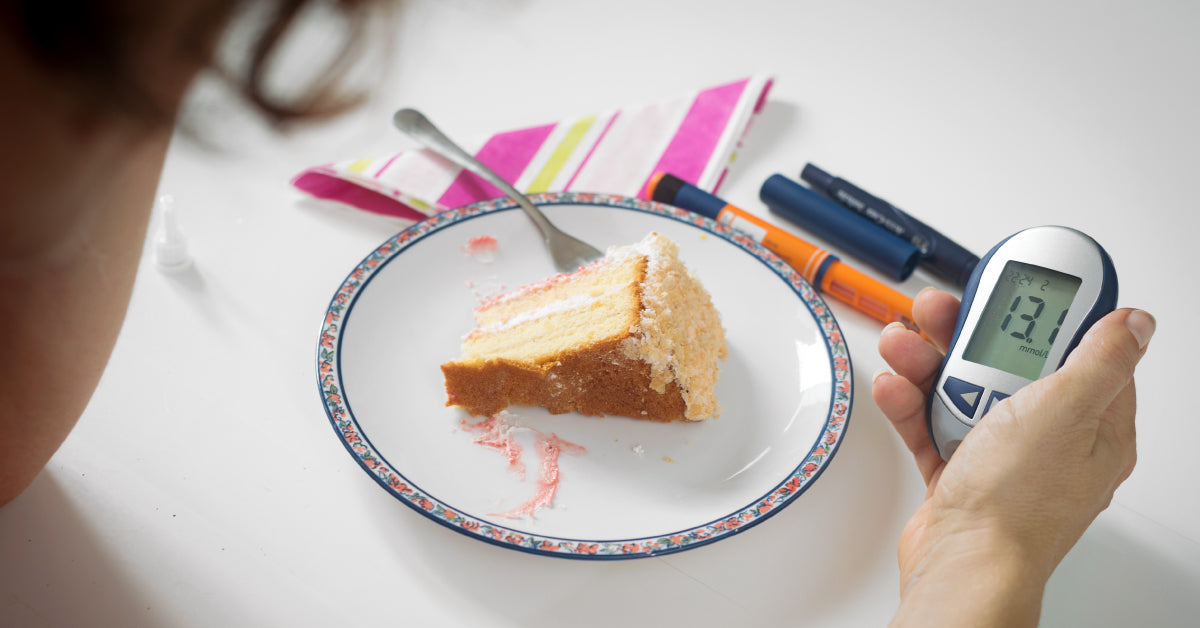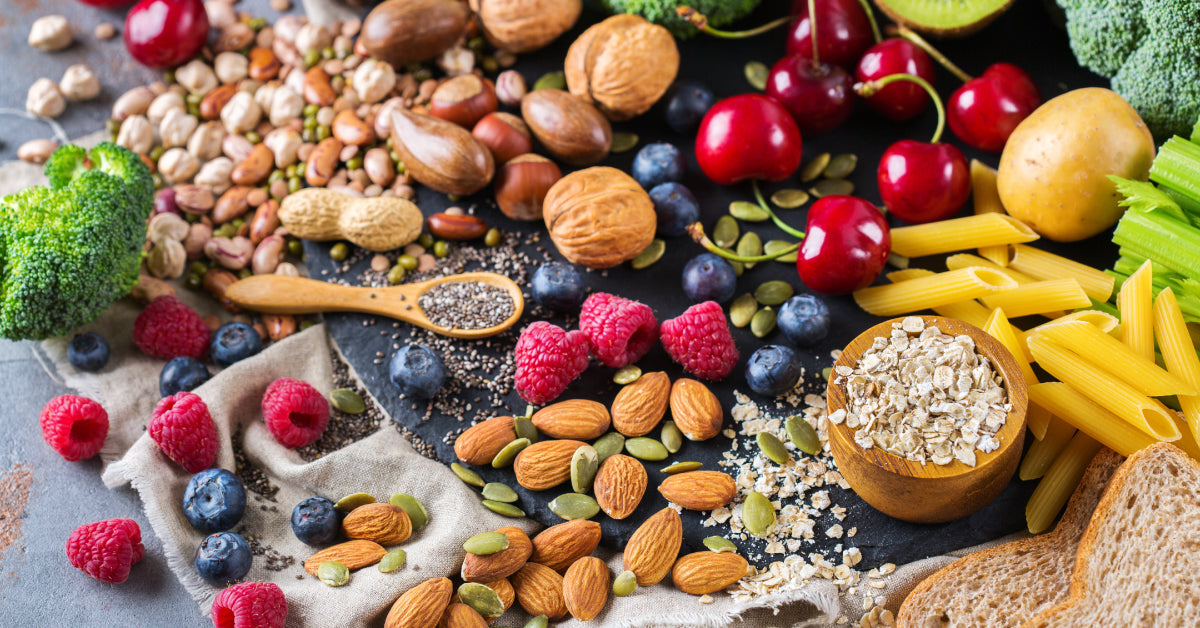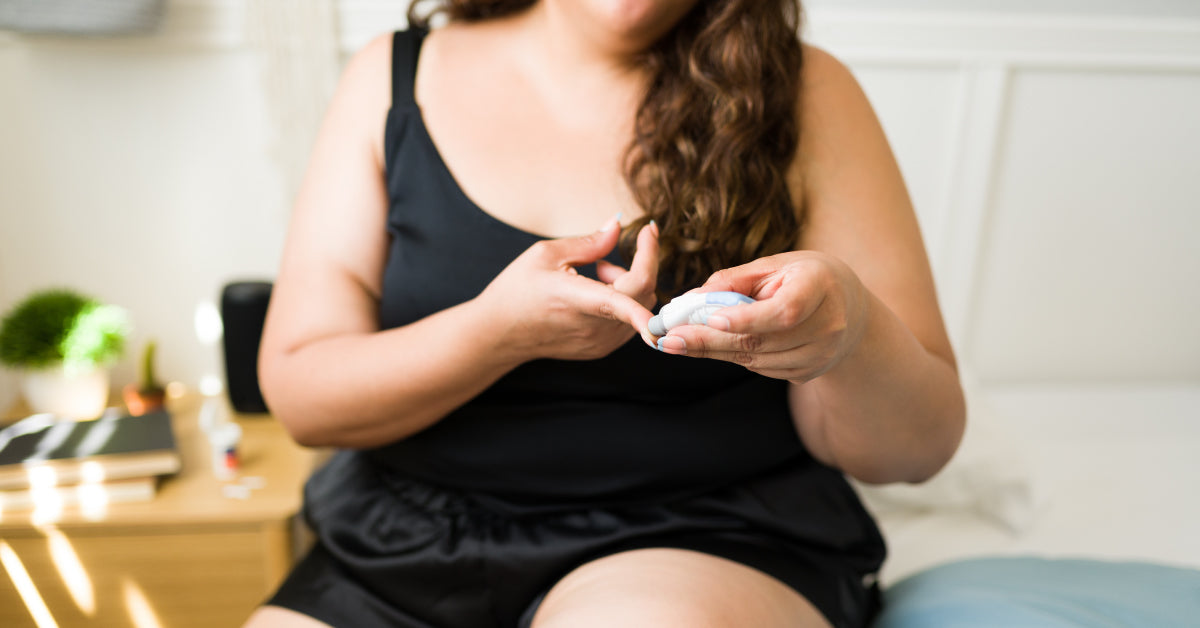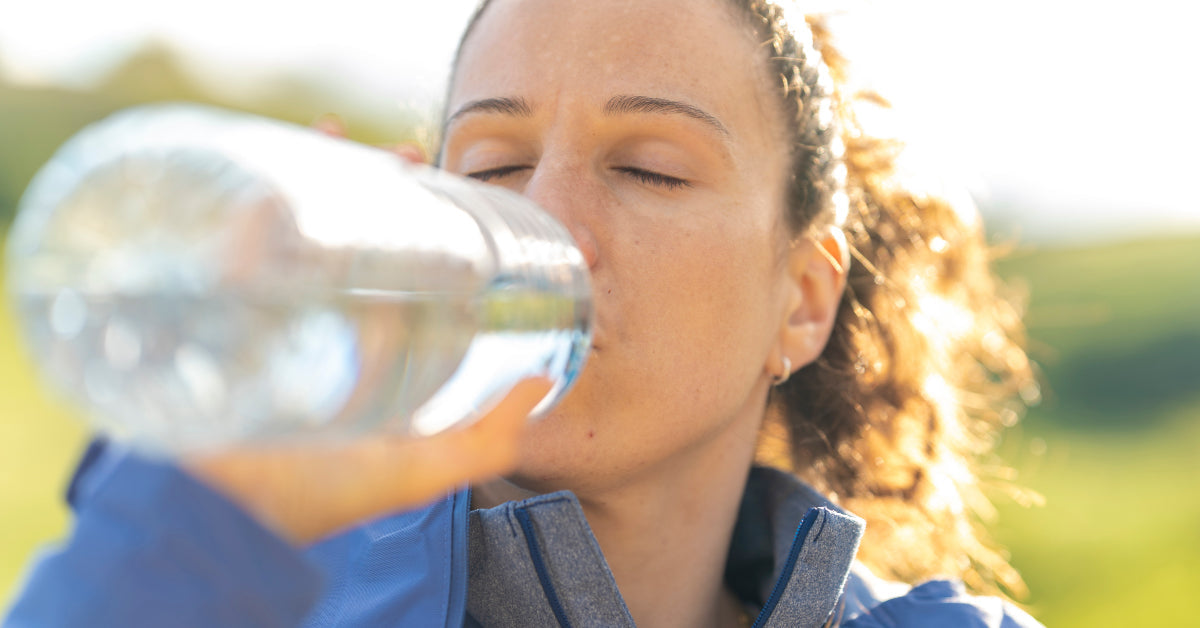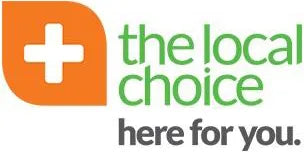Diabetes is usually associated with high blood sugar levels, taking insulin injections, and not being able to eat sweets.
But the fact is that there are different types of diabetes and they affect people in different ways.
So without beating around the bush any further, let's take a look at the different types of diabetes, what causes them, and what does NOT cause them.
Here are 5 common misconceptions about diabetes and why they aren’t quite true…
Misconception 1: Type 1 Diabetes is Caused by Diet
Type 1 diabetes results from the body not producing enough insulin, a hormone the body needs to convert starches, sugar and other foods into energy. When you suffer from this condition, your pancreas can no longer produce insulin. So injections of insulin through a pen or pump are needed to help keep the blood sugar levels in check. Type 1 diabetes is usually discovered early in children. Nearly 90 percent of these cases don’t have any associated family history. Unfortunately, researchers haven’t discovered how to prevent Type 1 diabetes. We do know, however, that it is not caused by how much sugar a person eats.
Note: When people with type 1 diabetes take the Manna Blood Sugar Support supplement in conjunction with their insulin, they might need to reduce the amount of insulin injected. Talk to your healthcare provider before making adjustments to insulin dosage.
Misconception 2: People with diabetes cannot eat sugar
This is not entirely true, but staying away from sugar as far as possible is recommended. In contrast to Type 1 Diabetes, Type 2 occurs because the body does not use insulin properly and the blood sugar level is higher than normal. Eat a well-rounded, healthy diet with particular attention to portion control. It’s not necessary to completely cut out sugar, just have it in moderation. The diet for a person with diabetes is similar to a heart-healthy diet, which includes fruits and other sugars in healthy quantities along with vegetables, lean meats, and whole grains.
Misconception 3: Insulin is the last treatment for diabetes
One might believe that insulin is the last resort after all else has failed to manage a person's diabetes. The truth is that insulin is prescribed very easily. However, this should not be the case. There are so many steps that can be taken like following a balanced diet, being more active, and reducing sugar intake before turning to insulin. There are also great natural supplements that help your body cope with balancing blood sugar levels and insulin. Take a look at the Manna Blood Sugar Support supplement. Taking these with each meal helps minimize the use of insulin, improves blood sugar control, and prevents diabetic-related health complications.
Misconception 4: Being out of control is part of diabetes
New treatments and technology have put the control of managing diabetes directly in the hands of the patient. While most people think it’s normal for glucose levels to jump around inconsistently, there are tools that allow doctors to match a treatment plan with each individual's lifestyle. Even something as simple as changing lifestyle and diet for the better can give someone so much more control over their diabetes. Nobody should ever feel like they aren’t able to manage their diabetes.
Misconception 5: Artificial sweeteners are better for you than sugar
This relates back to Misconception 2 and involves people trying to find ways to satisfy their sweet tooth while still avoiding sugars. Many sugar-free foods actually have sugar alcohols in them. They may not raise sugar levels as high, but there are other side effects that can affect your stomach and intestinal system. The best strategy is to remove artificial sugars from your diet altogether. If you’re going to eat sugar, get it from natural sweeteners or fruit, but be mindful of your portion intake.
The most effective way to treat insulin resistance is by making healthy lifestyle changes.
These changes include:
-
Eating Healthy
This does not mean you have to eat salad three times a day. It’s about following a balanced, healthy eating plan that is sustainable in the long run. A great example is the Manna Diet, available as a Free downloadable eBook.
-
Exercising
There are countless different exercise routines, and everyone prefers something different. The key is to find an activity you enjoy so that you don’t quit after the first week. Whether you go to the gym, cycle, swim, or hike—make sure to get active for at least 30 minutes, 4 times a week.
-
Taking Manna Blood Sugar Support
This product helps you to keep your blood sugar levels under control. And because your blood sugar is under control, your insulin levels are too. Manna Blood Sugar Support can help the body respond better to insulin and use it more effectively.
Control your blood sugar levels with Manna Blood Sugar Support and follow the Manna Diet as a complete guide to healthy, diabetic-friendly eating.
What is Manna Blood Sugar Support?
Manna Blood Sugar Support is 100% organic and natural. It works in a unique way by slowing down the absorption of glucose from the food you eat by up to 43%. In other words, it reduces the GI of the food you eat by up to 43%.
How does Manna Blood Sugar Support work?
The Manna Blood Sugar Support supplement is uniquely formulated to help maintain even blood sugar levels. When taken with food, it gels with the food in the stomach to reduce the glycemic index by up to 43%, helping prevent blood sugar spikes.
What are the benefits of Manna Blood Sugar Support?
- Helps to maintain even blood sugar levels.
- Keeps you more satisfied after a meal, helping you eat less and support natural weight loss.
- Helps to control cravings.
- Helps keep energy levels constant.
- Even blood sugar levels can help prevent diabetic health complications.




